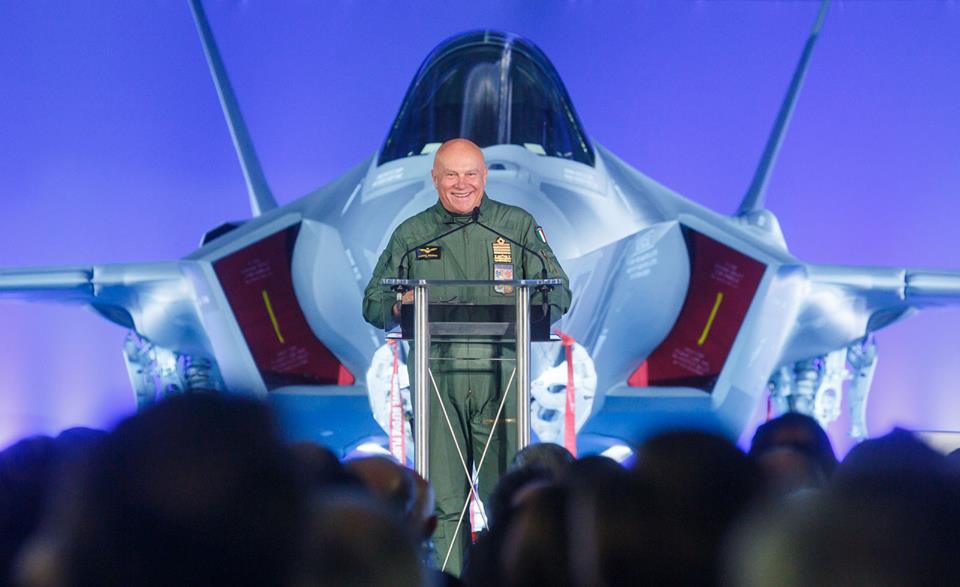The War in Ukraine and the Challenge of Reshaping European Direct Defense
I am writing this piece while in Mallorca, Spain. Earlier this summer, I had a chance to visit Italy and to discuss defense issues with Italian colleagues and re-engage in discussions on Mediterranean security. When in Mallorca, clearly the Med and North Africa are central realities to life on the island.
Now the threats in the Mediterranean range from the Russian presence and engagement in Syria, and the Black Sea, to the impact of the Abraham Accords on Israeli-GCC cooperation, to the Iran engagement in the region, to Erdogan’s efforts to expand the reach of the Turkish state, to the dynamics of change in North Africa, and to the role of Spain in European defense. And the food crises generated by the war in Ukraine coupled with the migration challenge from Africa to Europe is a key part of any security or defense challenge facing Europe.
As one Italian analyst put it to me during my visit; “If we have any more migrants on Sicily the island will sink.”
It is clear that NATO Europe faces three very distinct defense challenges. The first is the question of the evolution of Nordic and North Atlantic defense; the second is Germany and forward defense in Central Europe and the third is how the NATO Southern European states will sort out their leadership roles in meeting a diffuse and diverse set of economic, security and defense challenges.
During my visits to Italy in the 1990s, a regular dialogue partner on Italian defense was the head of the Italian Air Force, BG Pasquale Preziosa. Now retired, he remains actively involved in the efforts to advance integrated defense in Europe and to expand the capabilities of Europeans in their direct defense role.
After my visit to Italy in June, I had a chance to talk with him about the way ahead for European defense in light of the war in Ukraine and its impact.
This article is the first piece in a three part series which reports on that discussion.
Preziosa started the discussion by focusing on the challenge of crisis management today.
He argued that there is a major lesson learned from the financial crisis of 2008 in the new digital era. Normal approaches to risk management could be insufficient to manage new crises. Preziosa argued that indeed the war in Ukraine was demanding new approaches to crisis management.
Political military decisions are based on the Intelligence data, whose warning function shares much in common with risk management. He quoted a 2016 RAND report as follows:
“When the concept of the risk becomes fragmented to the point of obscurity, it cannot contribute in meaningful ways to effective strategic choice. Too often… quantitative risk models were used to generate supposedly reliable, objective forecasts of situations that reflected deep uncertainty. When used as a substitute for strategic judgment under uncertainty, risk management invites disaster.”
“When data are sufficient in quality and quantity, the models could be accurate. When we have too little information, this will involve nonlinear dynamics and contested values that belong to the complexity governed by other parameters, in those we should: avoid predictive models, develop scenarios of possible futures, understand sources of uncertainty, focus on principles of robustness.”
The lesson for the strategist is to realize that the process of managing uncertainty is an unfolding task, and should be based on rigorous information searches and analyses of the elements of strategy.
NATO has recently approved a new Strategic Concept. It reaffirms the values of the Alliance and sets out NATO’s three core tasks of deterrence and defence, crisis prevention and management and cooperative security.
The new concept document underlines that “Our world is contested and unpredictable…and the threat we face are global and interconnected…Strategic competition, pervasive instability and recurrent shocks define our broader security environment.”
Nonetheless, Preziosa adjudges the new strategic concept to more based on risk management understood in Cold War terms namely, a strategy based on risk management for the containment of the military threat and not with uncertainty and strategic competition or active and ongoing engagement in dealing with the adversary.
Moreover, the recent EU “Strategic Compass” issued nine days before the invasion of Ukraine, recognized the need to strengthen the Union’s military capabilities and identified priority areas for cooperation as strategic transport, satellite communications, cyber security, intelligence, surveillance and reconnaissance.
Among the Compass’s proposals, there is also the creation of rapid reaction teams to respond to hybrid threats, disinformation and political interference, and – by 2025 – of a 5,000 strong Rapid Reaction Capacity, a sort of bigger EU Battlegroup.
The declared level of ambition to increase up to five thousand the level of strength of the military force appeared too late and too weak to reset the new European defense architecture whose aim is to reach a strategic autonomy.
The national security is nowadays about much more than contemporary weapons systems and terrorism concerns. It is about long-term technological prowess, long-term economic and financial health, and the long-term privacy of citizens including their medical, financial, and other forms of data.
The West is now imperiled by many more threats than it was in the past.
In other words, Preziosa warned that both the new NATO and EU strategies are not focused on the nature of today’s strategic competition being posed by China and Russia, which requires ongoing engagement in dealing with countering actions, rather than simply preparing a deterrent posture.

